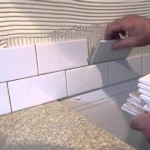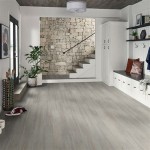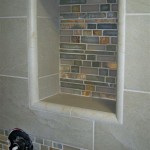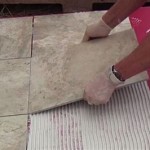Japanese Roof Tiles: Architectural Marvels
Japanese roof tiles, known as kawara, are an integral part of traditional Japanese architecture. These exquisite tiles have been crafted with meticulous precision for centuries, showcasing the country's rich cultural heritage and architectural ingenuity.
Kawara are typically made from clay and fired at high temperatures, resulting in their distinctive durability and longevity. They come in a variety of shapes and sizes, each serving a specific purpose in the overall design and functionality of the roof. Some of the most common types of kawara include:
- Hon-gawara: These are flat tiles that form the main covering of the roof.
- Kuwabata-gawara: These are curved tiles placed along the edges and corners of the roof to prevent water seepage.
- Onigawara: These are ornamental tiles with elaborate animal or mythical creature designs that adorn the highest point of the roof.
The color and texture of kawara are also significant design elements. Traditionally, kawara were left unglazed, giving them a natural reddish-brown hue. However, over time, various glazing techniques have been developed, allowing for tiles in a wide range of colors, from deep greens and blacks to vibrant blues and reds.
Beyond their aesthetic appeal, kawara also provide practical benefits. Their thick, interlocking structure creates a highly water-resistant roof that can withstand even heavy rainfall. Additionally, the air pockets within the tiles provide excellent insulation, helping to regulate the temperature inside the building.
The installation of kawara is a specialized skill that requires great care and precision. Skilled craftsmen, known as kawaraya, follow traditional techniques passed down through generations to ensure a flawless and long-lasting roof.
Japanese roof tiles are not only functional but also symbolic. They represent the country's commitment to craftsmanship, tradition, and respect for nature. As architectural marvels, kawara have adorned countless temples, shrines, and homes throughout Japan for centuries, and continue to be an integral part of the country's rich cultural tapestry.

Exploring Tokyo S Architectural Marvels With Loris Japan Cultural Expo Nihonhaku Arts Of From Antiquity To The Present
The Eight Elements Of Japanese Traditional Architecture Toki

Himeji The Japanese Castle Of Your Dreams Japamigo

The Eight Elements Of Japanese Traditional Architecture Toki

The Eight Elements Of Japanese Traditional Architecture Toki

Dannuo Chinese Roofing Material Temple

Painted Wooden Roof Beams At Asakusa Jinja Shinto Shrine

Thatch Humble Yet Elegant Roofing Material In Search Of A New Lease Life Grape Japan

Technology

Himeji Castle The Most Beautiful Castles Of Japan Mapleventurous
Related Posts








